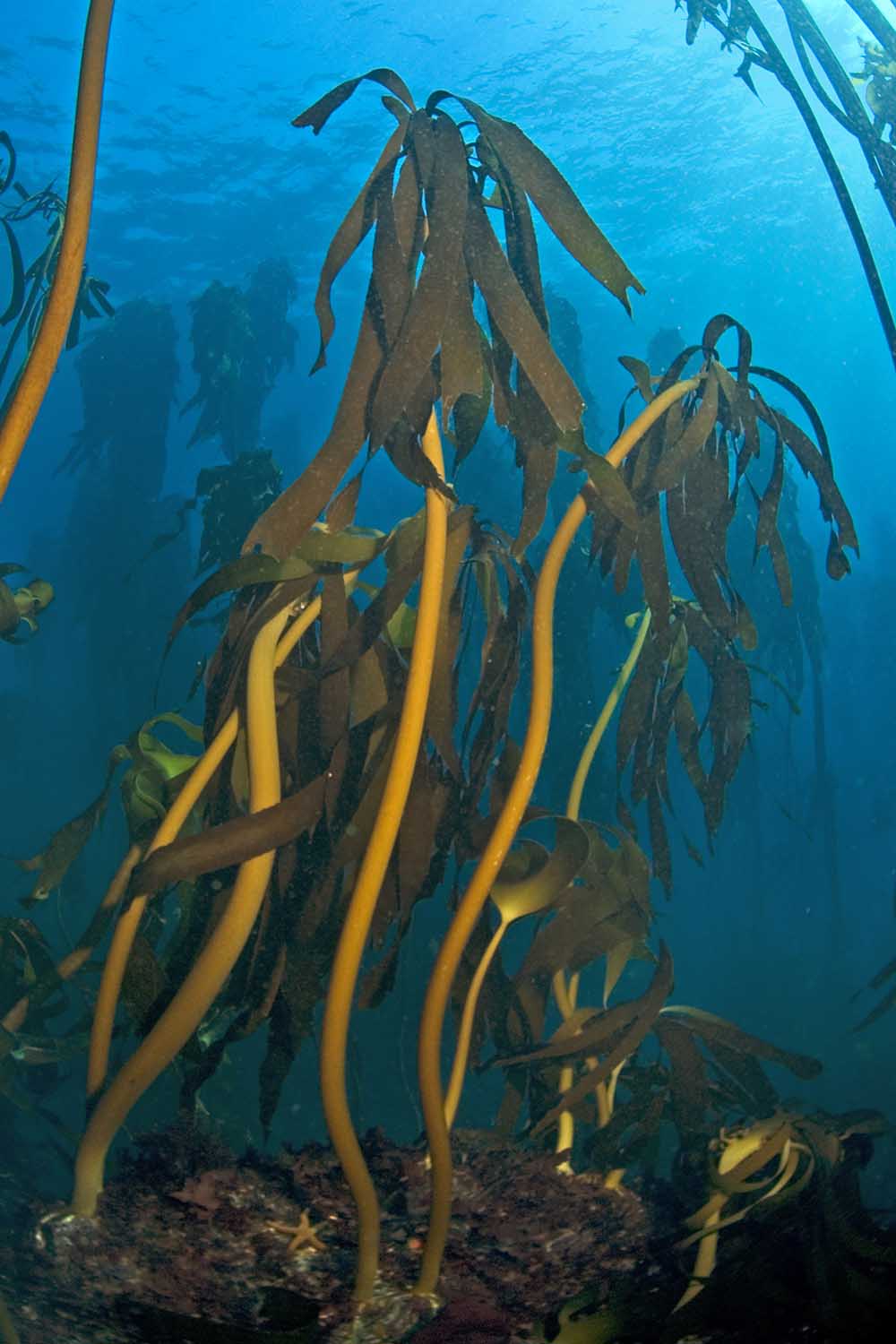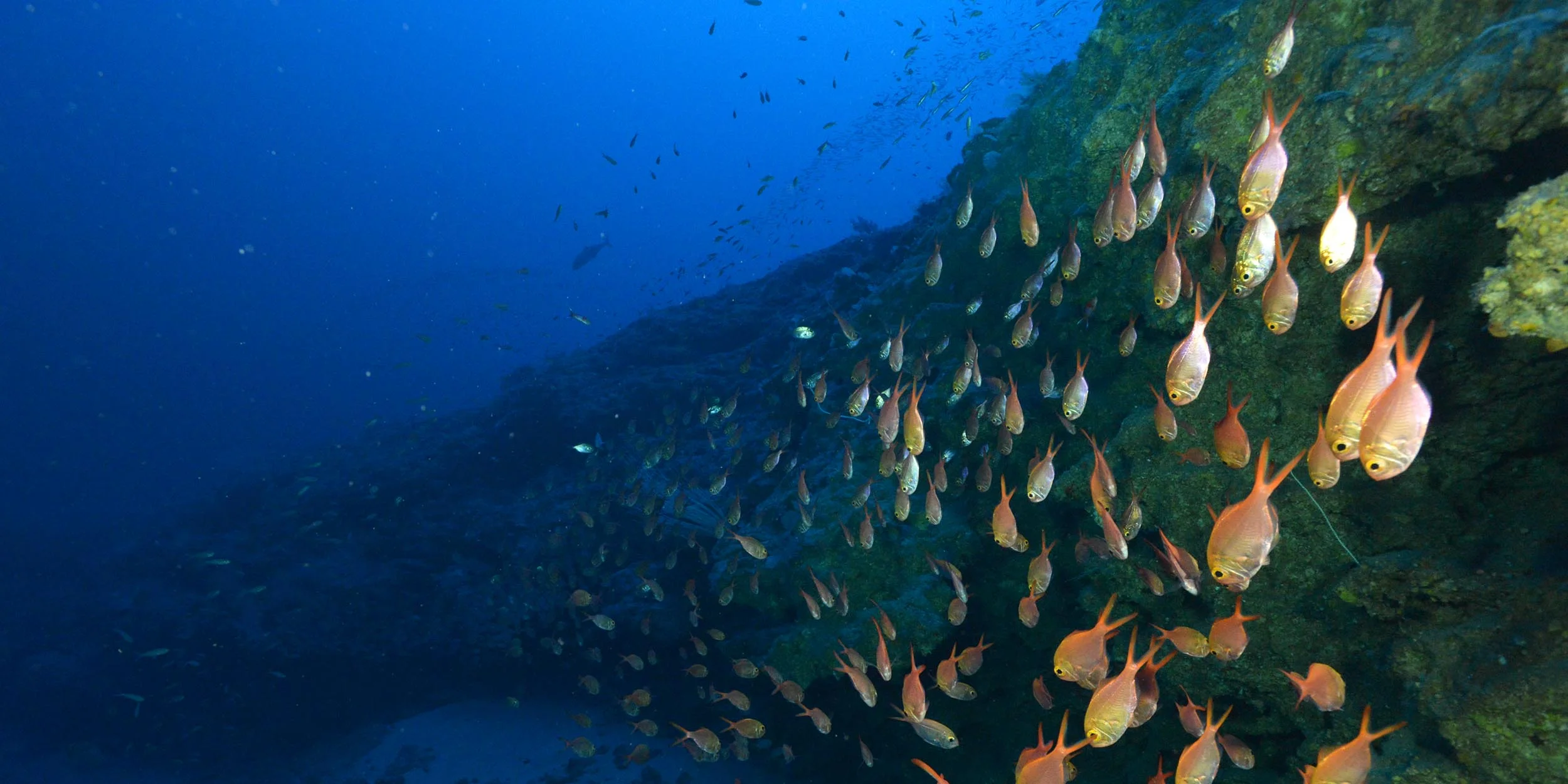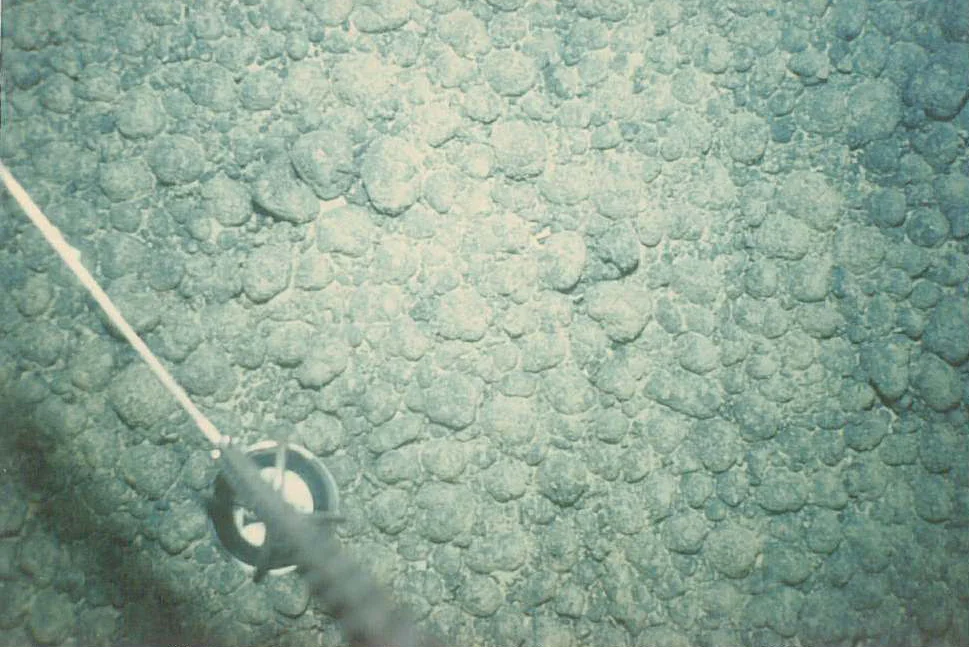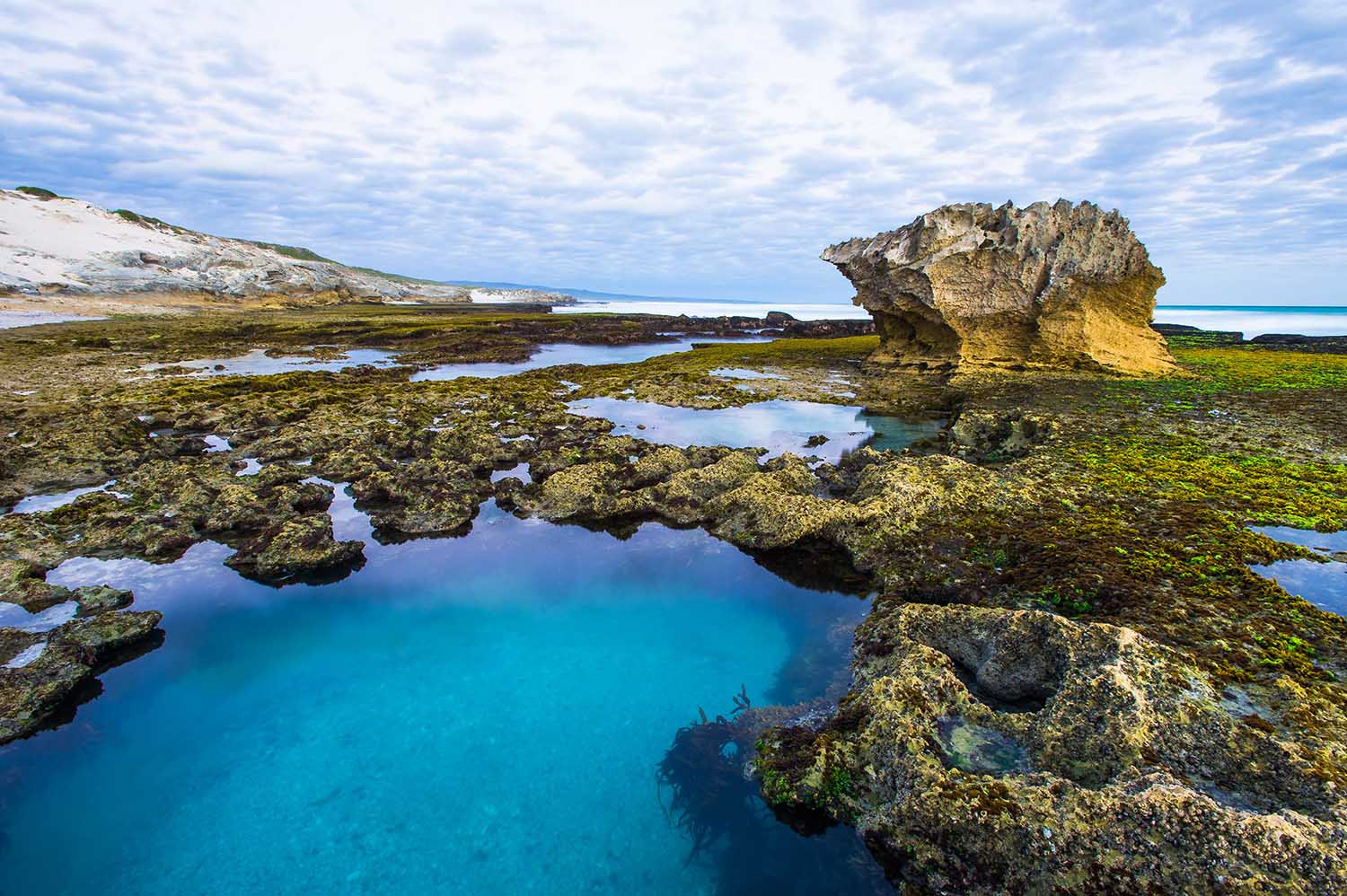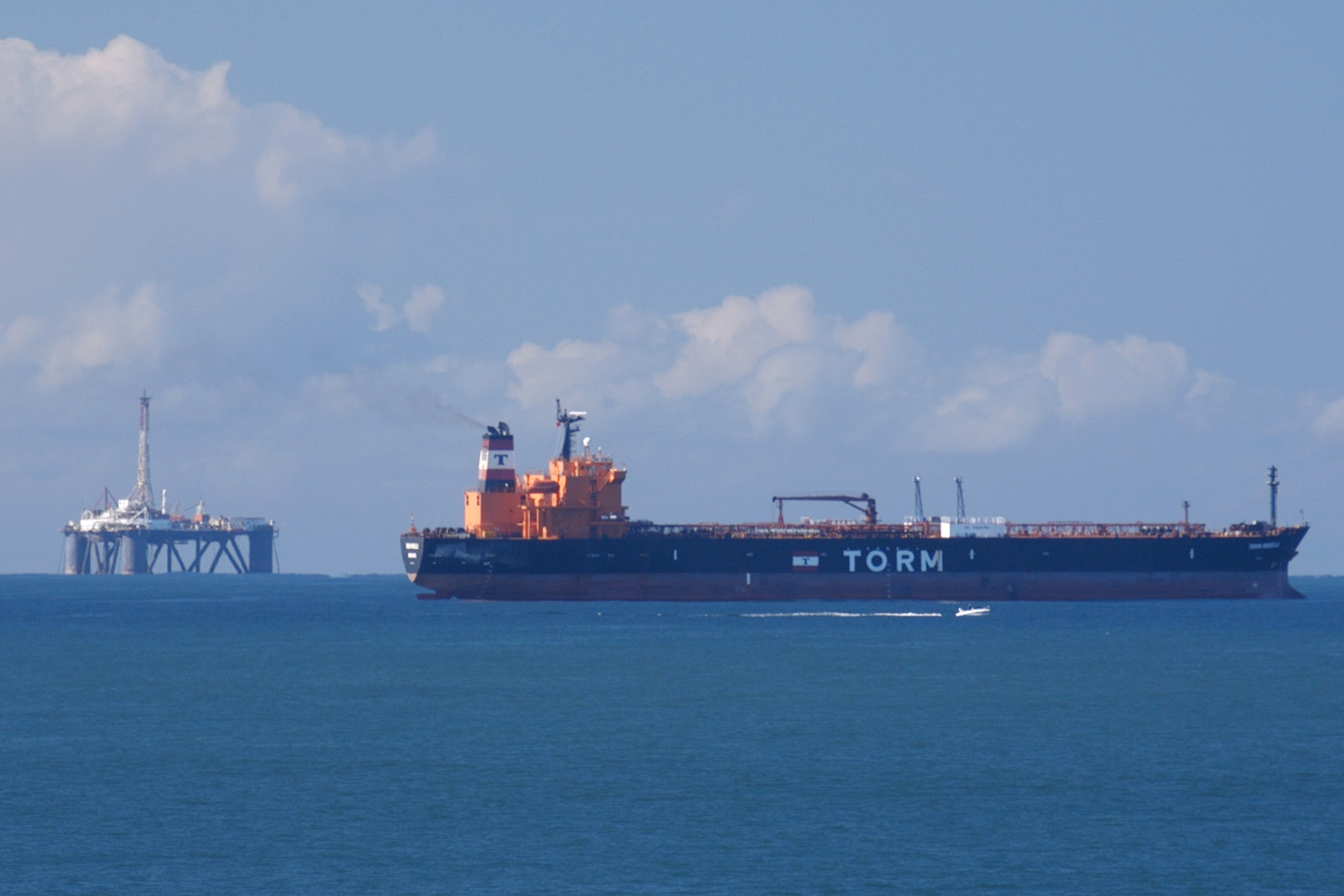Kelp forests
Kelps are large brown seaweeds that form spectacular underwater forests. Similar to terrestrial forests they have a unique three-dimensional structure and dense forest canopy. They also provide structure and homes for a diverse array of seaweeds and animals. These include valuable resources such as west coast rock lobster, abalone and fish. Animals such as turbo snails, mussels, limpets, abalone, rock lobster and fish, provided a rich source of omega-3 fatty acids, associated with brain function and development. Light filtering through a kelp forest canopy, onto a world of calm below, creates a beautiful seascape, and these kelp forest structures play an important role in buffering our coastal communities from waves and storms. Kelps are harvested and the alginate extracted is used commercially in toothpaste, soaps, ice cream and fabric printing, due to their ability to stabilize, bind, emulsify or mould. They are also harvested for use in agriculture, providing fertilizer to support food production on land and to feed abalone grown by aquaculture.
Kelps are sensitive to temperature and nutrients and they grow best in cold, nutrient-rich water. They are highly productive ecosystems with an impressive growth rate, some species reach up to 70 m in length! Four species of kelp occur in South Africa, the sea bamboo (Ecklonia maxima) is the largest of these and floats on the surface, creating large kelp forest canopies visible from the shore. The split-fan kelp (Laminaria pallida) has the greatest subtidal biomass and production contribution, while the bladder kelp (Macrocystis pyrifera) and the spiny kelp (Ecklonia radiata) are less abundant. Most of these kelps are confined to the shallow waters, but the spiny kelp grows in deeper water such as the forest found on top of the Alphard Banks, a volcanic pinnacle on the Agulhas Bank. The ecosystem services provided by kelp forests extend beyond the coastal waters of the inner shelf where they are anchored to rocks by their holdfasts (root-like structure). Kelps play a key role in the inshore food-web, including adjacent rocky shores and sandy beaches, and even contribute to deep-sea ecosystems along the west coast, where kelp is transported offshore and into submarine canyons, providing food for other animals.
Pressures on kelp forests include fishing, pollution, kelp harvesting, diamond mining (kelps are cut to provide access for mining) and climate change. Poaching of rock lobster and abalone are serious threats to kelp forest ecosystems and their resources and services. Kelp forests are under threat in many places around the globe because of climate change and kelp forest cover has recently been declared an “essential ocean variable” by the Global Ocean Observing System (GOOS).
Important kelp forest ecosystems will be included in the Agulhas Bank Complex MPA, Robben Island MPA and Namaqua National Park MPA.






































